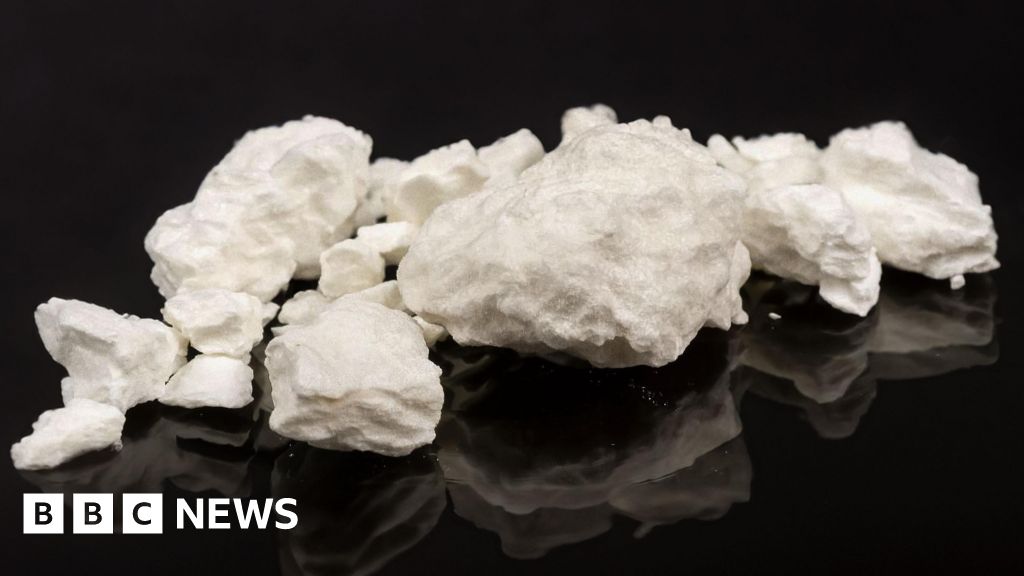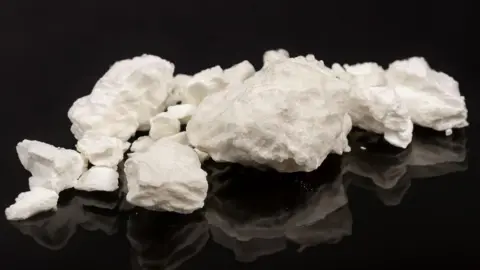 Getty Images
Getty ImagesDublin is in the midst of a crack cocaine crisis, according to the city’s drug counsellors.
The number of people seeking treatment for the use of the drug in the Republic of Ireland increased by 594% from 173 cases in 2017 to 1,201 in 2023, statistics from the Health Research Board (HRB) show.
One user said he came to the city in his 20s where he became an addict.
“I kind of slipped from maybe taking a few beers, to taking a couple of ecstasy, to taking some other stuff, and then I ended up on heroin and crack cocaine,” said John (not his real name).
‘Communities on their knees’
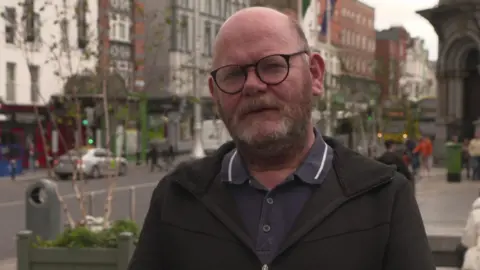
Crack is the street name given to a solid form of cocaine that is usually smoked.
Daithi Doolan, from the South Inner City Drug and Alcohol Partnership, said many homes in Dublin had some form of addiction.
“It’s actually a crisis,” he added.
“It’s happening at the school gate in the playground.”
Doolan, who is also a Sinn Féin councillor, said communities cannot cope with the scale of drug use.
“The drug-related intimidation is affecting individuals, families and whole communities are being held to ransom by the drug dealers.”
‘Drugs are all around’
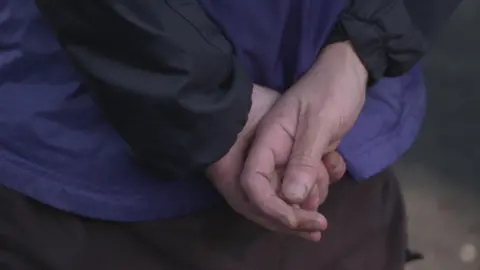
In previous decades, Dublin had been battling heroin in inner city communities.
Those at the frontline of addiction say a heroin shortage, due to geopolitical changes in Afghanistan, has sparked an increase of crack cocaine use.
In 2023, 4,923 people sought drug treatment with cocaine, in its powder or crack form, as the main problem.
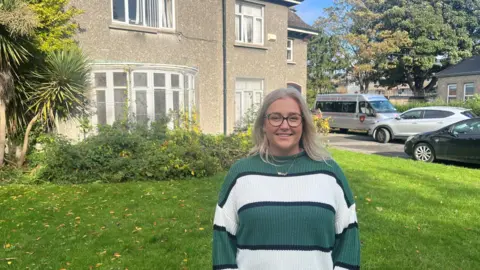
Cheryl Kelly, an addiction counsellor in the Donore Community Drug and Alcohol Team, said women need separate services from men for their “complex” needs.
“Women would find themselves in situations where they may be engaging in forced sex work, or they might be afraid of social services, and the women face an awful lot of shame and stigma in and around their drug use,” she said.
The HRB statistics showed an increase in females seeking treatment for cocaine use from 284 cases in 2017 to 1,387 in 2023.
Where crack cocaine was the main problem, nearly half were female, just over one in 20 were employed and the median age was 39.
‘A need for female-only spaces’
Ms Kelly said setting up a dedicated scheme for women was important.
“They face an awful lot of shame and stigma because they’re nurturing and minding their children, their family or whoever it may be.
“It was very important for me to engage or to help in our community drugs and alcohol team to set up the pilot programme for women.
“Women won’t engage in services if they feel like the man that’s been intimidating them down at a shop on Friday is also going to be in the same service seeking support, so there is definitely a need for female-only spaces where women can feel safe.”
‘No border that defines addiction’
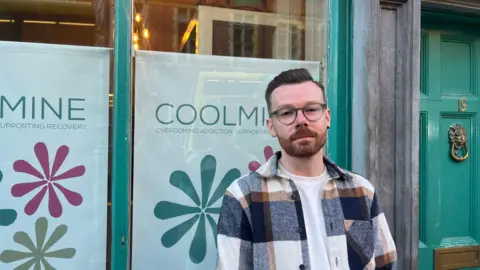
Alan Kinsella, a case worker in the city centre’s Coolmine Therapeutic community, said: “We have a specific programme which is aimed to work with people who are using cocaine, both powder cocaine and crack cocaine; it has consistently had full numbers,” he said.
“When a programme which is so specific to a drug which is busy and full, it kind of tells the story of the scope of what cocaine is like, particularly in Dublin city centre.”
Alan said there is no social border that defines cocaine addiction.
“We see people presented with cocaine as an issue from all walks of life, and people who have jobs – there is no kind of differentiation between the people that we see and the drug that they’re using.”







